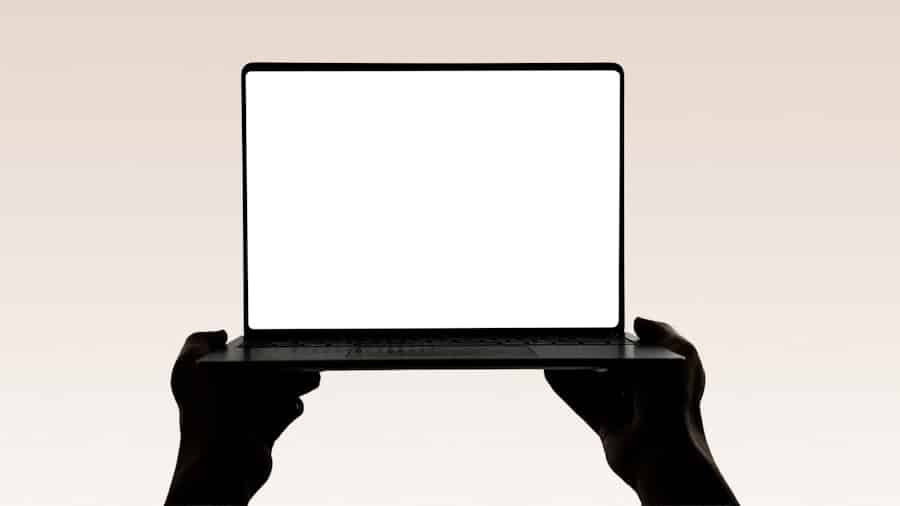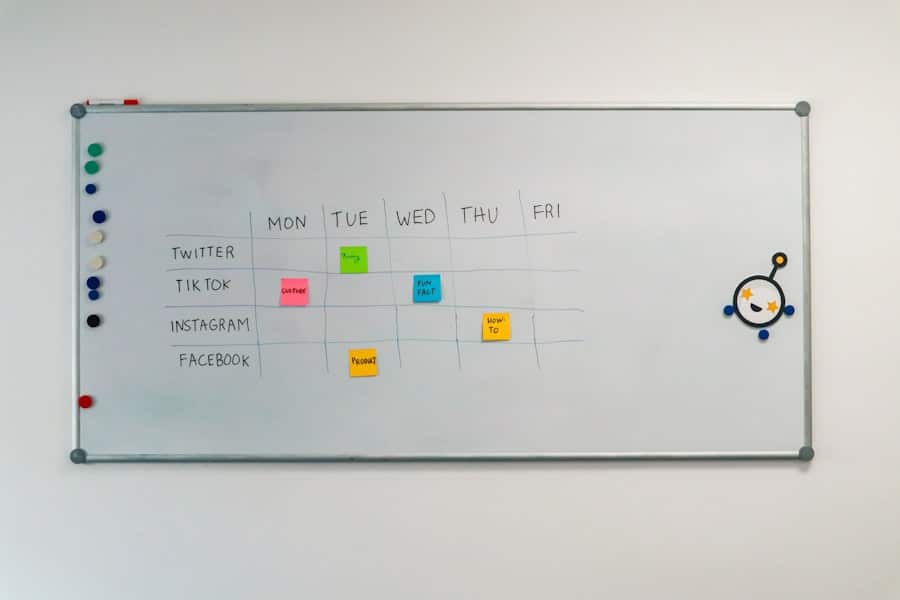Project-Based Learning (PBL) is an instructional methodology that encourages students to engage in real-world projects, fostering deeper learning through active exploration. Unlike traditional educational approaches that often emphasize rote memorization and passive learning, PBL immerses students in complex questions or problems that require critical thinking, collaboration, and creativity. This approach not only enhances students’ understanding of the subject matter but also equips them with essential skills for the 21st century, such as problem-solving, communication, and teamwork.
At its core, PBL is centered around student-driven inquiry. Students are tasked with investigating a question or challenge over an extended period, which can range from a few weeks to an entire semester. This process often involves various stages, including planning, research, execution, and presentation of findings.
The role of the teacher shifts from a traditional instructor to a facilitator or guide, providing support and resources while allowing students the autonomy to direct their learning. This shift not only empowers students but also fosters a sense of ownership over their educational journey.
Key Takeaways
- Project-Based Learning (PBL) is a teaching method that encourages students to learn through active exploration of real-world challenges and problems.
- PBL promotes critical thinking, collaboration, and problem-solving skills, preparing students for the demands of the 21st century workforce.
- EdTech enhances PBL by providing access to digital tools and resources that support research, communication, and project management.
- Teachers can use various EdTech tools such as virtual reality, interactive whiteboards, and online collaboration platforms to facilitate PBL in the classroom.
- Successful integration of EdTech in PBL requires addressing challenges such as access to technology, digital literacy, and professional development for educators.
The Benefits of Project-Based Learning
Enhanced Student Engagement
One of the most significant advantages of Project-Based Learning is the enhancement of student engagement. When students are involved in projects that resonate with their interests or address real-world issues, they are more likely to invest time and effort into their work. This intrinsic motivation can lead to a deeper understanding of the material and a greater retention of knowledge.
Cultivating Essential Skills
Project-Based Learning cultivates essential skills that are increasingly valued in today’s workforce. Skills such as collaboration, critical thinking, and effective communication are not just academic competencies; they are vital for success in various professional fields. Through group projects, students learn to navigate different perspectives, negotiate roles, and resolve conflicts—experiences that mirror real-life workplace dynamics.
Preparing Students for Future Success
For example, a group tasked with developing a marketing plan for a local business must collaborate effectively to combine their diverse skills and ideas, preparing them for future collaborative endeavors in their careers. By fostering these essential skills, Project-Based Learning sets students up for success in their future professional pursuits.
The Importance of EdTech in Project-Based Learning

Incorporating educational technology (EdTech) into Project-Based Learning significantly enhances the learning experience by providing tools that facilitate collaboration, research, and presentation. EdTech tools can streamline communication among team members, allowing for seamless sharing of ideas and resources. Platforms such as Google Workspace or Microsoft Teams enable students to collaborate in real-time, regardless of their physical location.
This flexibility is particularly beneficial in today’s increasingly digital world, where remote collaboration is becoming the norm. Furthermore, EdTech offers access to a wealth of information and resources that can enrich the PBL experience. Online databases, educational websites, and digital libraries provide students with diverse materials to support their research efforts.
For instance, when working on a project about renewable energy sources, students can access scientific journals, documentaries, and expert interviews online. This abundance of information not only broadens their understanding but also encourages them to think critically about the sources they encounter, fostering media literacy skills that are crucial in the digital age.
Tools and Resources for Implementing EdTech in Project-Based Learning
A variety of tools and resources are available to educators looking to implement EdTech in Project-Based Learning effectively. Project management platforms like Trello or Asana can help students organize their tasks and deadlines, ensuring that they stay on track throughout the project lifecycle. These tools allow teams to assign responsibilities, set milestones, and monitor progress visually, which can enhance accountability and productivity.
In addition to project management tools, educators can leverage multimedia creation platforms such as Canva or Adobe Spark for students to present their findings creatively. These platforms enable students to design visually appealing presentations or infographics that can effectively communicate their ideas to an audience.
By integrating these technologies into PBL, educators can create a dynamic learning environment that encourages innovation and creativity.
Examples of Successful Integration of EdTech in Project-Based Learning
Numerous educational institutions have successfully integrated EdTech into their Project-Based Learning frameworks, showcasing the potential of this approach. For instance, a high school in California implemented a PBL unit focused on urban planning. Students used Geographic Information Systems (GIS) software to analyze local demographics and environmental data while collaborating with city planners through virtual meetings.
Another compelling example comes from an elementary school that utilized EdTech to enhance a science project on ecosystems. Students created digital presentations using interactive storytelling tools like StoryMapJS to illustrate the relationships within different ecosystems they studied.
They collaborated with peers across the globe through online forums and shared their findings via social media platforms designed for educational purposes. This global collaboration not only enriched their learning experience but also fostered cultural exchange and awareness among young learners.
Challenges and Solutions for Using EdTech in Project-Based Learning

Despite the numerous advantages of integrating EdTech into Project-Based Learning, several challenges may arise during implementation. One significant hurdle is the digital divide; not all students have equal access to technology or reliable internet connections. This disparity can hinder collaboration and limit opportunities for some students to fully engage in projects.
To address this issue, educators can adopt a hybrid approach that combines both digital and analog resources. Providing printed materials or organizing in-person meetings can help ensure that all students have access to necessary resources. Another challenge is the potential for technology to distract rather than enhance learning.
With numerous apps and websites available at students’ fingertips, it can be easy for them to veer off-task during collaborative work sessions. To mitigate this risk, educators should establish clear guidelines for technology use within projects and incorporate structured time for reflection on how technology supports their learning objectives. By fostering a culture of responsible technology use and emphasizing its role as a tool for learning rather than a distraction, educators can help students maximize the benefits of EdTech in PBL.
Best Practices for Leveraging EdTech in Project-Based Learning
To effectively leverage EdTech in Project-Based Learning, educators should consider several best practices that enhance both teaching and learning experiences. First and foremost is the importance of aligning technology use with learning objectives. Educators should carefully select tools that directly support the goals of the project rather than adopting technology for its own sake.
For example, if the objective is to develop research skills, utilizing online databases or academic journals would be more beneficial than using social media platforms. Additionally, fostering a collaborative classroom culture is essential for successful PBL implementation with EdTech. Educators should encourage open communication among students and create an environment where sharing ideas is valued.
Regular check-ins and feedback sessions can help maintain momentum throughout projects while allowing students to reflect on their progress collaboratively. By promoting teamwork and collective problem-solving, educators can enhance the overall effectiveness of PBL while integrating technology seamlessly into the learning process.
The Future of EdTech in Supporting Project-Based Learning Models
As technology continues to evolve at a rapid pace, its role in supporting Project-Based Learning models is likely to expand significantly. Emerging technologies such as artificial intelligence (AI) and virtual reality (VR) hold immense potential for transforming how students engage with projects. For instance, AI-driven platforms could provide personalized learning experiences by adapting resources based on individual student needs and progress levels.
This tailored approach could enhance student engagement and ensure that each learner receives the support necessary to thrive. Moreover, virtual reality offers immersive experiences that can deepen understanding by allowing students to explore complex concepts in a simulated environment. Imagine students studying historical events by virtually visiting ancient civilizations or exploring ecosystems through interactive simulations—these experiences could revolutionize how projects are conceived and executed in classrooms worldwide.
As educators continue to embrace innovative technologies within PBL frameworks, the possibilities for enhancing student learning experiences will be boundless, paving the way for a more engaging and effective educational landscape in the future.
In a recent article on enicomp.com, the benefits of using tablets with SIM card slots in education were highlighted. These devices offer students the flexibility to access online resources and collaborate with peers while on the go, making them a valuable tool for project-based learning models. To learn more about the best tablets with SIM card slots, check out the article

